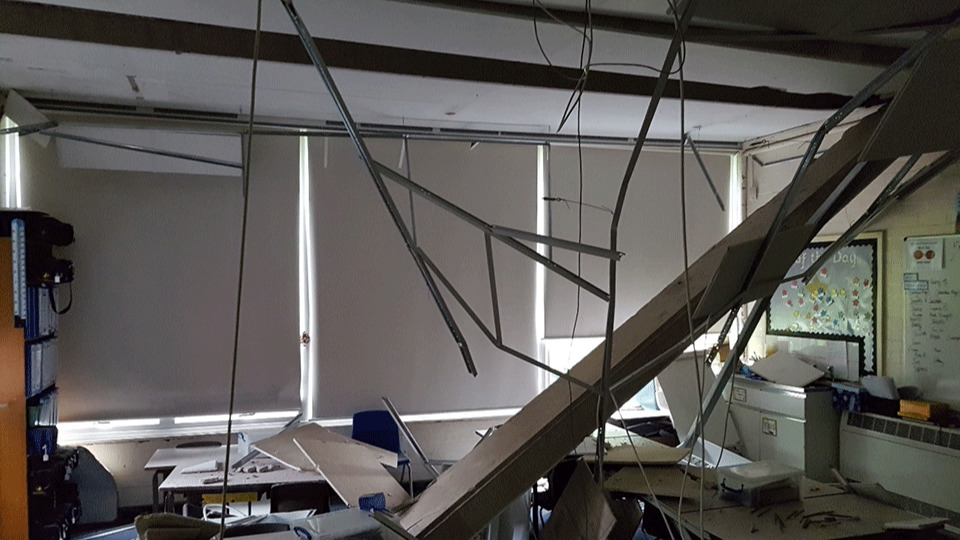
Education secretary Gillian Keegan told Parliament yesterday (4 September) that government will pay for the emergency mitigation work required in schools containing dangerous reinforced autoclaved aerated concrete (RAAC).
Keegan said the government will also fund any longer-term refurbishment or rebuilding projects to remove RAAC when required.
“In terms of funding, as the chancellor [Jeremy Hunt] said, we will spend whatever it takes to keep children safe,” said Keegan in her oral statement to MPs on new guidance on RAAC in education settings.
“This includes paying for the emergency mitigation work to make buildings safe, including alternative classroom space, where necessary. Where schools need additional help with revenue costs, like transport to other locations, we are actively engaging with every school affected to put appropriate support in place.”
Officials at the Department for Education urged school leaders last week to put in place emergency evacuation plans for buildings that contain RAAC.
The government said that a further 104 schools that contain RAAC require remediation work, on top of 52 that already have mitigation measures in place. The BBC has provided a list of the more than 150 schools that have closed buildings or moved due to RAAC.
RAAC is an aerated lightweight form of concrete popular in UK public sector building construction from the mid-1960s until the late 1990s. It has a shelf-life of around 30 years.
A 2019 report by the Standing Committee on Structural Safety highlighted the significant risk of failure of these planks. In September 2022, the Office of Government Property sent a Safety Briefing Notice to all property leaders, regarding the dangers of RAAC, stating that “RAAC is now life-expired and liable to collapse”.











